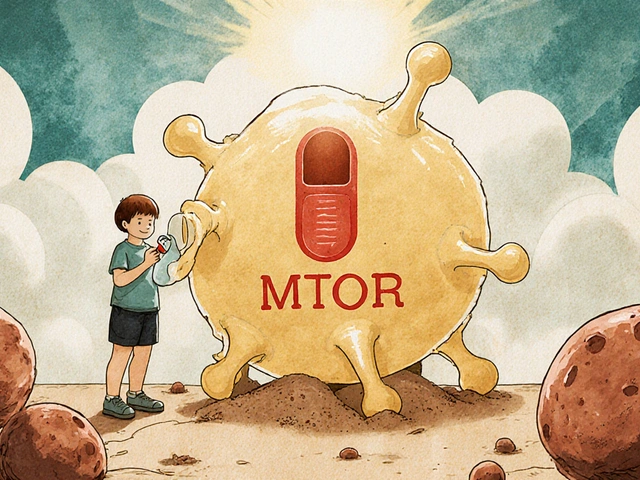Neurontin – Your Quick Reference for Gabapentin Benefits and Risks
When working with Neurontin, the brand name for gabapentin, an anticonvulsant that controls seizures and eases nerve‑pain conditions. Also known as gabapentin, it offers a versatile option for doctors and patients alike. Neurontin encompasses both prescription‑only seizure control and off‑label relief for shingles‑related pain. The drug requires careful dosing because kidney function dictates how quickly it clears the body. Its main pharmacologic action is binding to the α2δ subunit of voltage‑gated calcium channels, which reduces abnormal neuronal firing.
Key Related Areas You’ll Encounter
One of the most common ways Neurontin is described is as a seizure medication, used to prevent and treat various types of epileptic events. In practice, doctors often start patients on a low dose and gradually increase it to find the sweet spot between seizure suppression and tolerability. Another major application is neuropathic pain, pain that stems from damaged nerves, such as post‑herpetic neuralgia or diabetic neuropathy. For many, the relief feels like a “quieting” of the nerve’s over‑active signals, which can dramatically improve daily comfort. Beyond these, Neurontin sees off‑label use for restless‑leg syndrome, hot‑flash relief during menopause, and even certain anxiety disorders – each case illustrating how the drug influences different nervous‑system pathways.
Understanding side effects is crucial before starting any regimen. Common complaints include drowsiness, dizziness, and mild swelling of the hands or feet; these usually fade as the body adapts. Rare but serious issues—such as severe skin reactions or mood changes—should prompt immediate medical attention. Drug interactions matter, too: combining Neurontin with antacids can lower absorption, while alcohol can amplify its sedative properties. Physicians often advise a baseline kidney‑function test because reduced clearance can raise blood levels, increasing the risk of toxicity. The typical adult dose ranges from 300 mg three times daily for neuropathic pain to 600 mg three times daily for epilepsy, but individual needs vary widely.
Below you’ll find a curated set of articles that dive deeper into these topics. Whether you’re curious about how to switch pharmacies with a Neurontin prescription, looking for allergy‑friendly alternatives to common pain meds, or need a side‑by‑side comparison of seizure‑control drugs, the collection is designed to give you actionable insights. Each post tackles a specific angle—dosage calculations, safety checkpoints, real‑world patient experiences—so you can build a complete picture of how Neurontin fits into your health plan. Keep reading to arm yourself with the knowledge that makes the difference between trial‑and‑error and confident, informed decisions.

Neurontin (Gabapentin) vs Alternatives: Detailed Comparison Guide
A detailed guide comparing Neurontin (gabapentin) with top alternatives, covering mechanisms, side effects, costs, and how to choose the right medication.
Read More



